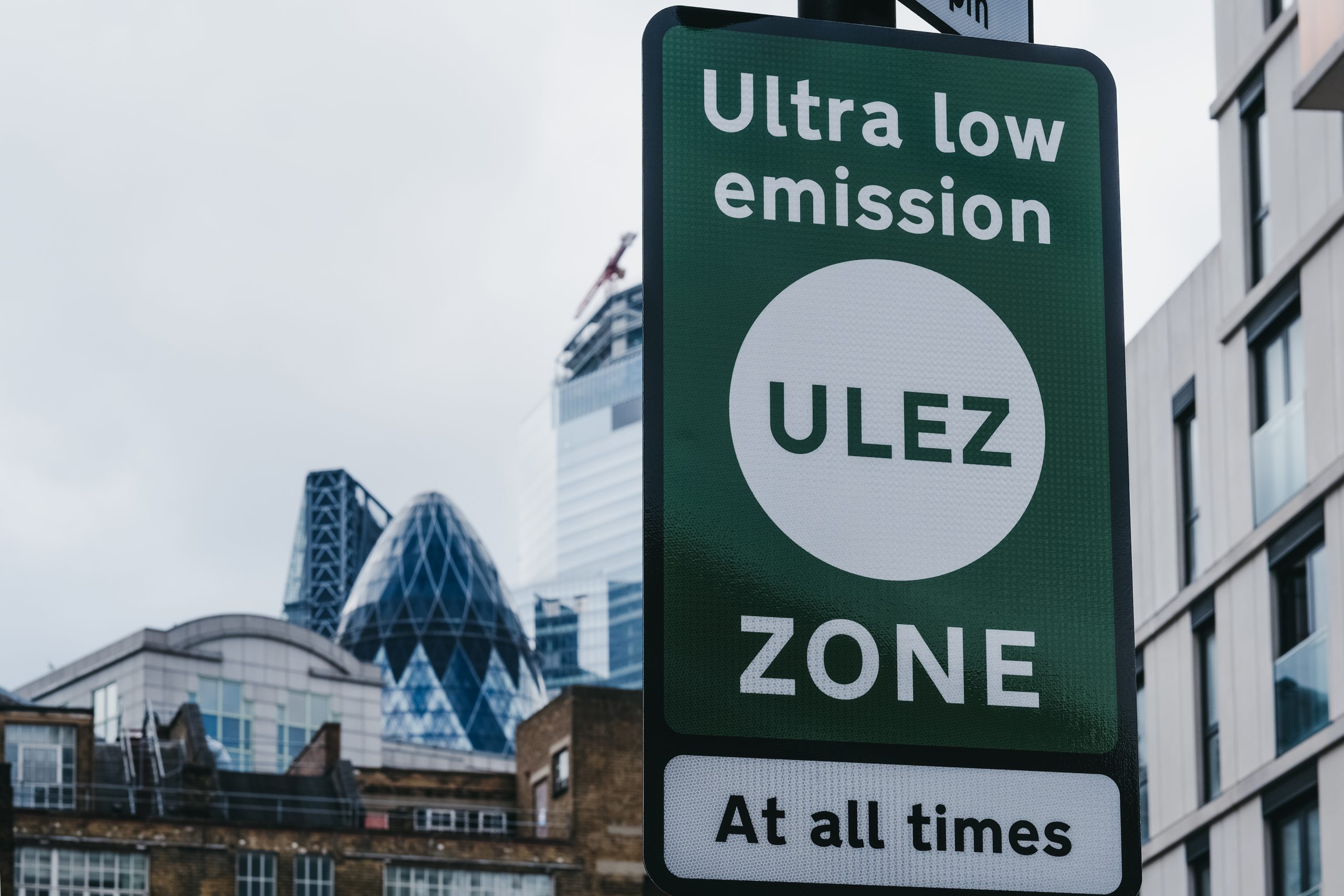
There is nowhere in London that meets the World Health Organization’s (WHO) Air Quality Guidelines (AQGs). The main reason for this is road traffic. So why has the Mayor’s plan to expand the Ultra Low Emission Zone (ULEZ; an area of London that more polluting vehicles have to pay £12.50 to enter) to include the outer London boroughs sparked so much resistance? Professor Frank Kelly who leads the Environmental Research Group at Imperial explains that there are strong health grounds for expanding the ULEZ.
An overwhelming body of evidence exists that the health effects of air pollution are serious and can affect nearly every organ of the body. Recent studies and large research programmes have also shown that these harmful health effects are not limited to high exposures but can also occur at very low concentrations. Consequently, the WHO has had to update its AQGs, which now recommend substantially lower air quality limits for PM2.5, PM10 (particulate matter less than 2.5 and 10 μm in diameter respectively), and the gaseous pollutant nitrogen dioxide. One of the most significant sources of these air pollutants in urban areas is road traffic. It is also the source that has repeatedly been shown to affect our health. In London this is particularly true because of the size of its population and the density of its road network.